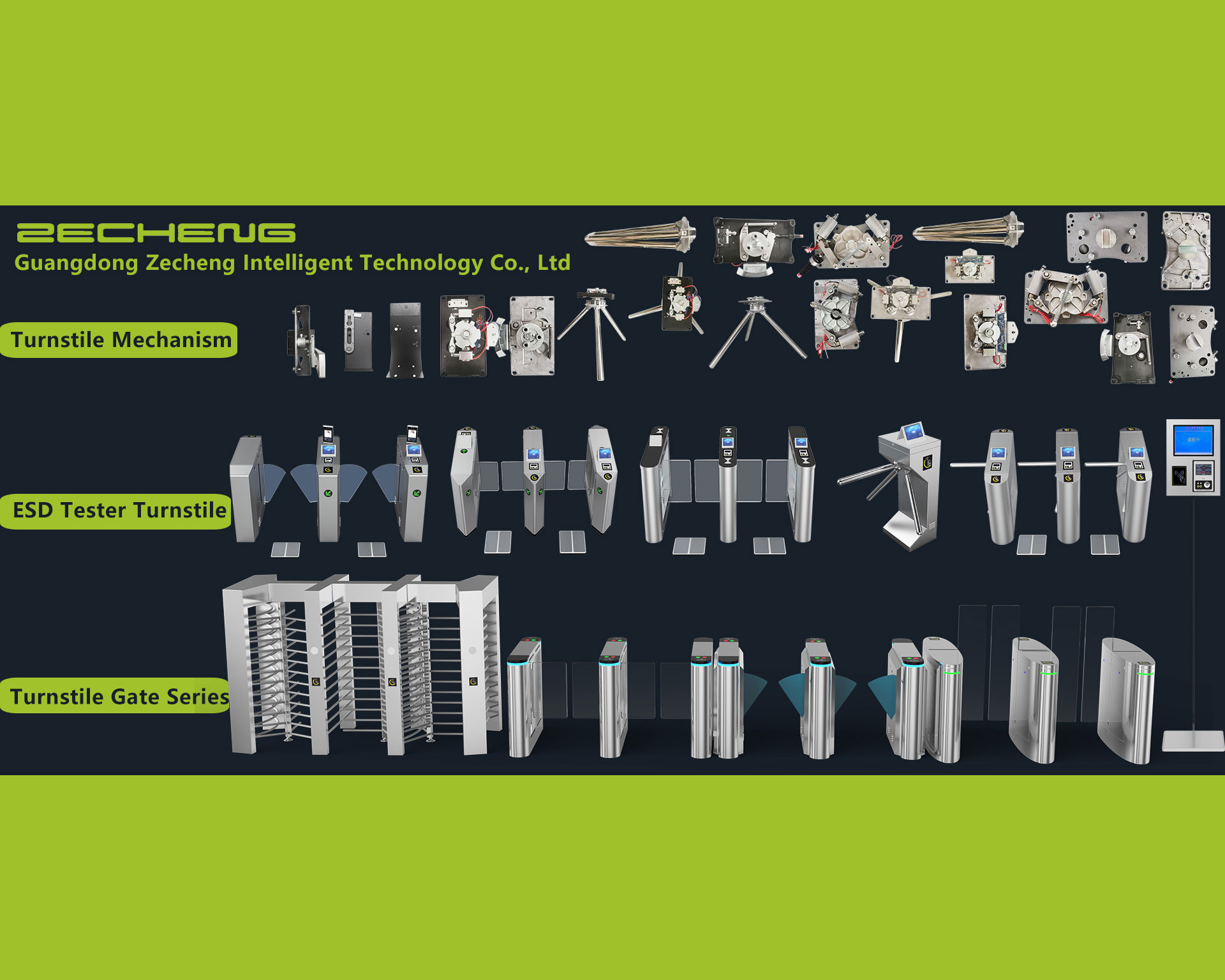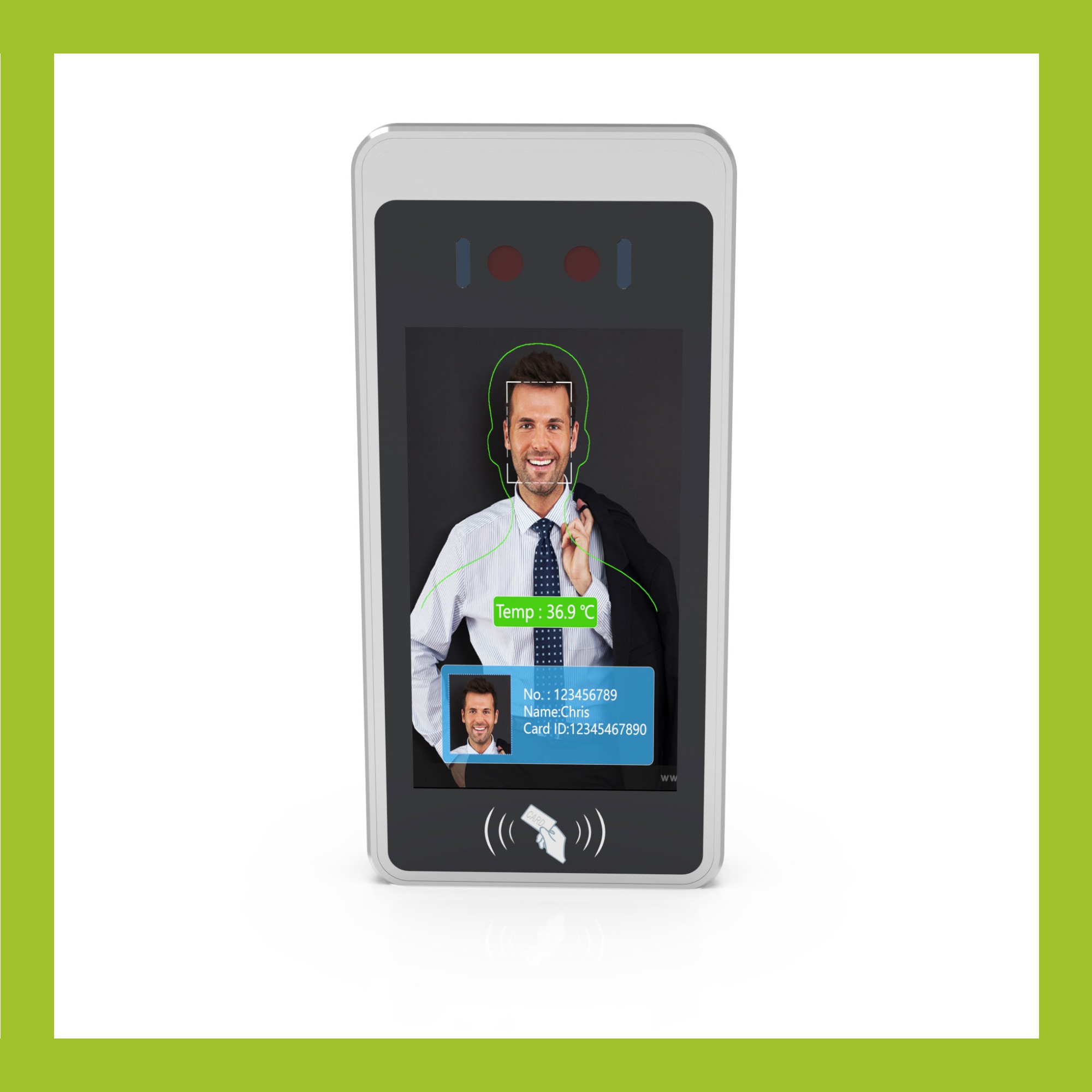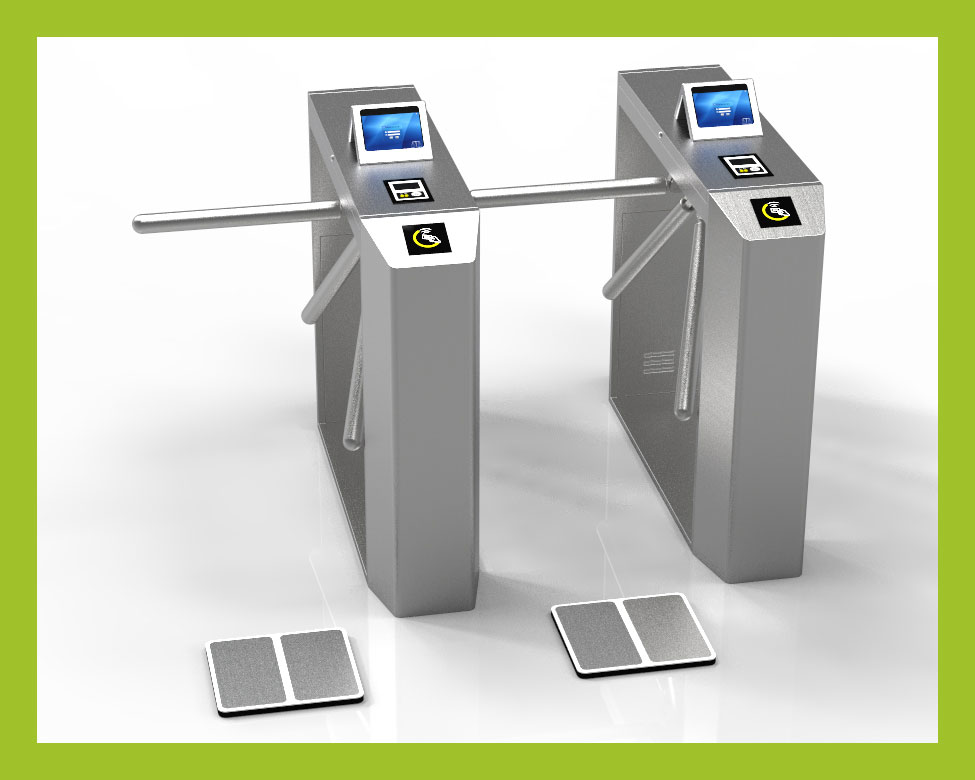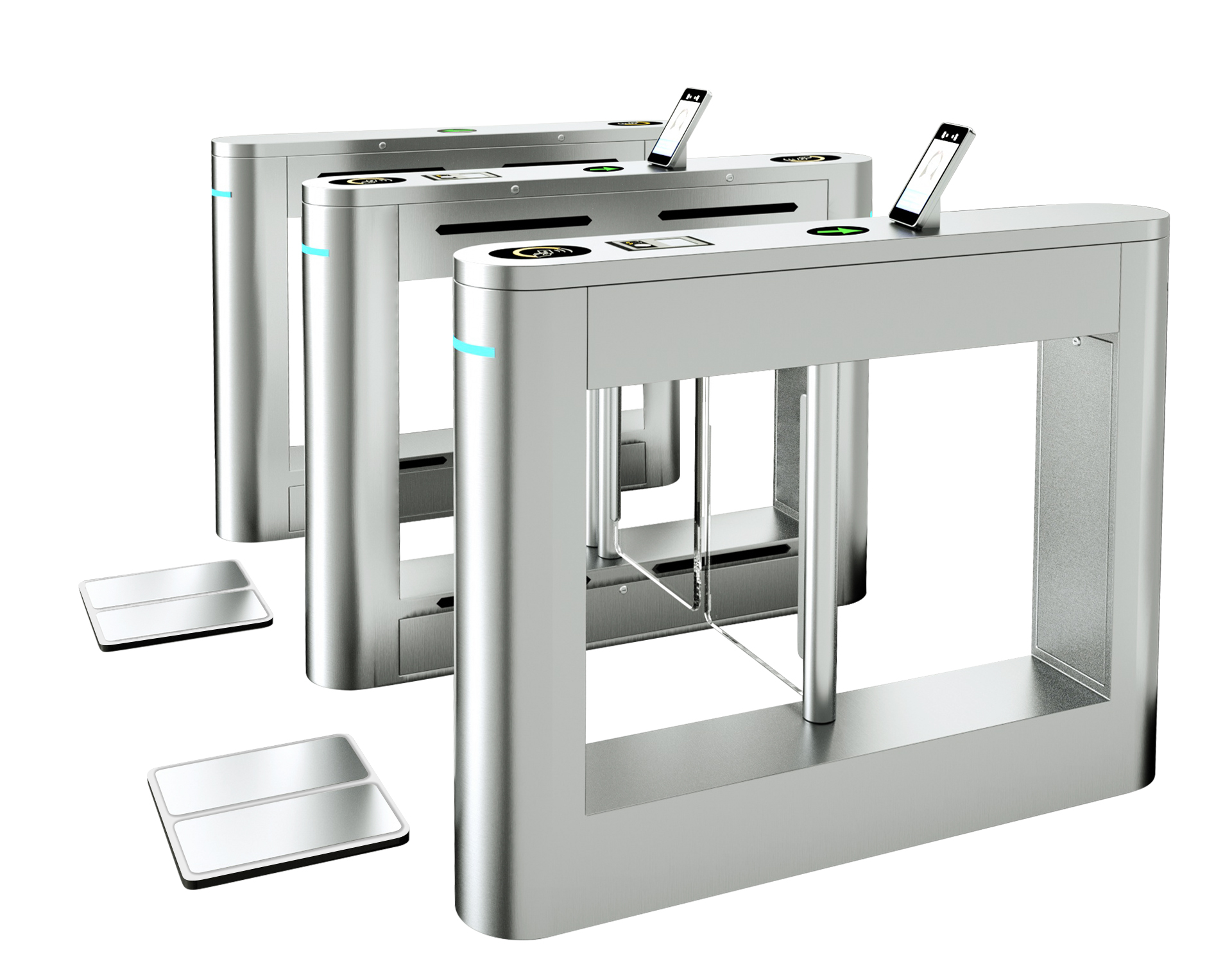The installation of ESD anti-static access control system has the following steps:
1. Determination of the ESD anti-static access control system plan.
When communicating with customers, determine the width and length of the venue, and clearly determine how many gates can be installed, whether to choose a vertical ESD anti-static access control system or a bridge ESD anti-static access control system.
Dimensions of vertical ESD anti-static access control system: 420x330x980(mm),
Bridge ESD anti-static access control system dimensions 1200x280x980 (mm),
The size of the ESD anti-static access control system from the pole to the chassis is 550mm, that is, the single-channel vertical ESD anti-static access control system occupies a floor width: 330+550=880mm,
Single-channel bridge type ESD anti-static access control system (width 280x2+550=1110mm), fully consider the gap between the gate and the gate rod when determining the model selection, the area and placement of each ESD anti-static access control system, how to Wiring (whether to use the open wire or the dark wire), the plan is determined, and we wait for the ESD anti-static access control system to be installed on site.
2. Fixed location wiring.
According to the previously determined plan, clarify the specific installation dimensions of the ESD anti-static access control system, make a pre-embedded pipe, leave a 50-100mm gap between the gate and the gate, and open the upper cover to prevent machine adjustment, maintenance, etc. Never leave a gap. Two plastic pipes of 6-8 minutes are embedded between the turnstile and the turnstile. One hose is used for the power line (strong current) and the other is used for the signal line (weak current). The power line and the signal line run through a rubber tube at the same time, which will affect the effect of communication. The embedded tube should be exposed to the ground 30-40mm high, and the vertical ESD anti-static access control system should be at the bottom of the machine. The electrostatic access control system should be on both sides (because the bridge-type ESD anti-static access control system is closed at the bottom of the middle).
3. Fixed adjustment.
The bottom of the fixing is fixed with 4-M10x100 expansion screws. It cannot swing. The whole machine is level and the appearance is consistent. (Before fixing, draw a straight line with a thin line, consistent in vertical and horizontal directions). ESD anti-static access control system and ESD anti-static access control system are used between Tandem mode, adjust one by one, the straight line can be used normally


 Guide for purchasing turnstile gate
Guide for purchasing turnstile gate
 What are the advantages of facial recognition attendance machines and fingerprint attendance machines?
What are the advantages of facial recognition attendance machines and fingerprint attendance machines?
 Digital card swiping networking electrostatic tester
Digital card swiping networking electrostatic tester
 What are the classifications of turnstiles? What are the functional characteristics of the turnstile?
What are the classifications of turnstiles? What are the functional characteristics of the turnstile?